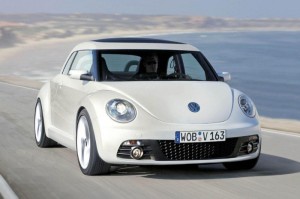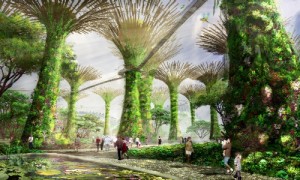 By Ken Paulman: As we mentioned back in June, Environment Minnesota is hosting a video contest to promote its solar power campaign (full disclosure – the contest is funded by RE-AMP, which also funds Midwest Energy News). The group recently announced the finalists, and it appears there’s a ringer in the bunch. This entry, title “The Man with the Golden Sun,” baffled the contest organizers, as it clearly cost much more to produce than the $1,500 first prize. So they contacted the producers.
By Ken Paulman: As we mentioned back in June, Environment Minnesota is hosting a video contest to promote its solar power campaign (full disclosure – the contest is funded by RE-AMP, which also funds Midwest Energy News). The group recently announced the finalists, and it appears there’s a ringer in the bunch. This entry, title “The Man with the Golden Sun,” baffled the contest organizers, as it clearly cost much more to produce than the $1,500 first prize. So they contacted the producers.
The video, it turns out, was produced by a team of more than 50 people, led by Steve and Lisa Fait. Lisa Fait works for a solar company in San Francisco, while her husband, Steve (a native Minnesotan), spent ten years working for a variety of film studios, including Industrial Light and Magic (yes, THAT Industrial Light and Magic). Steve currently works at Splice, a Minneapolis production company.
The Man With The Golden Sun
The Faits are living on different coasts (here in Minnesota, we consider the Mississippi River to be one of the coasts) until Lisa can find the right job opportunity to rejoin her husband. Meanwhile, the solar film contest provided them with an opportunity to combine both their passions. Lisa explains:













